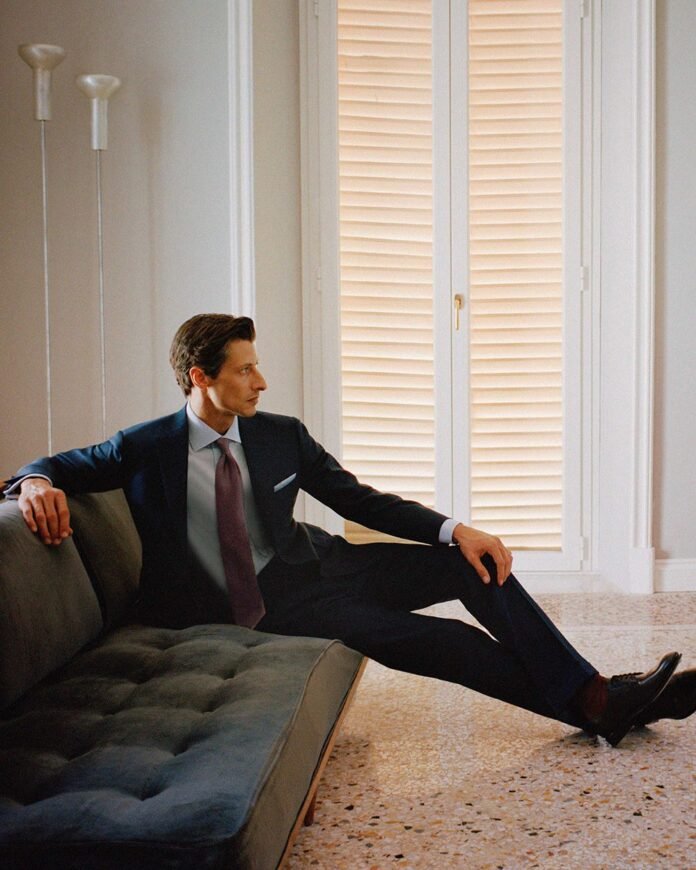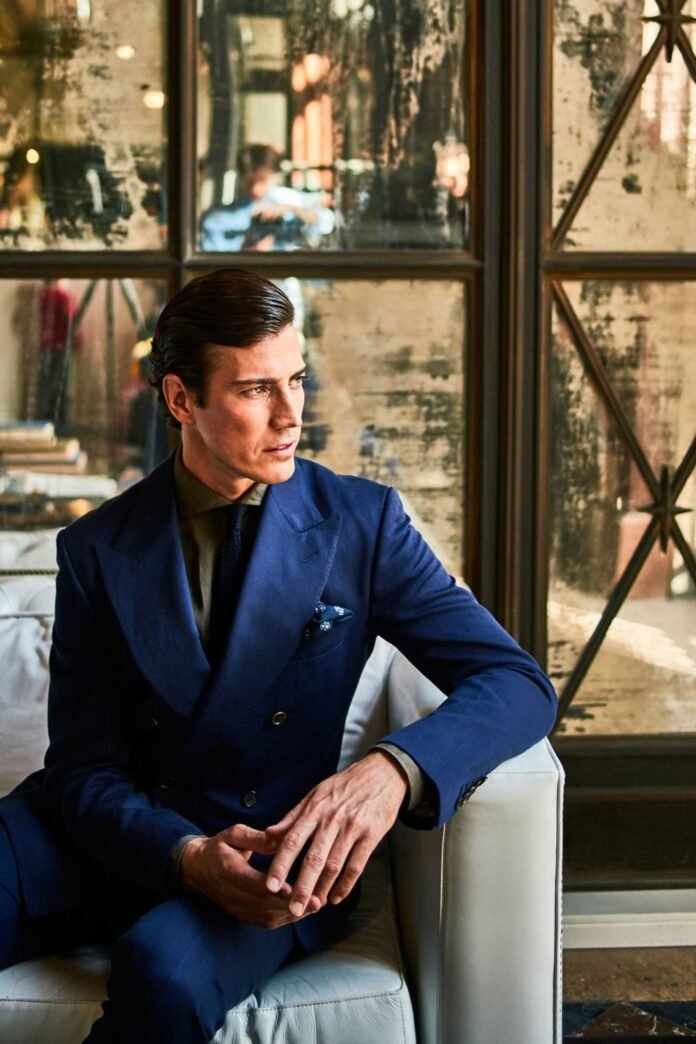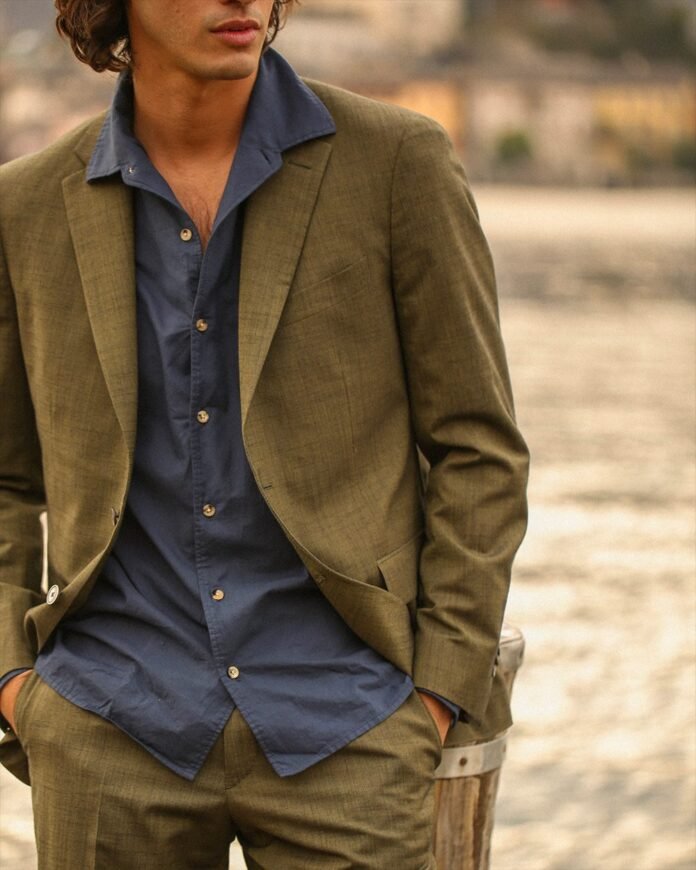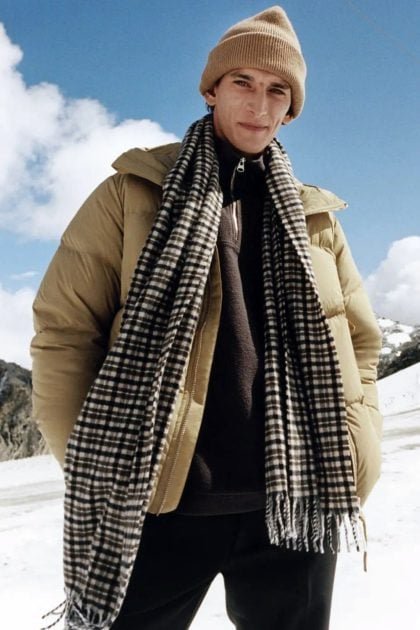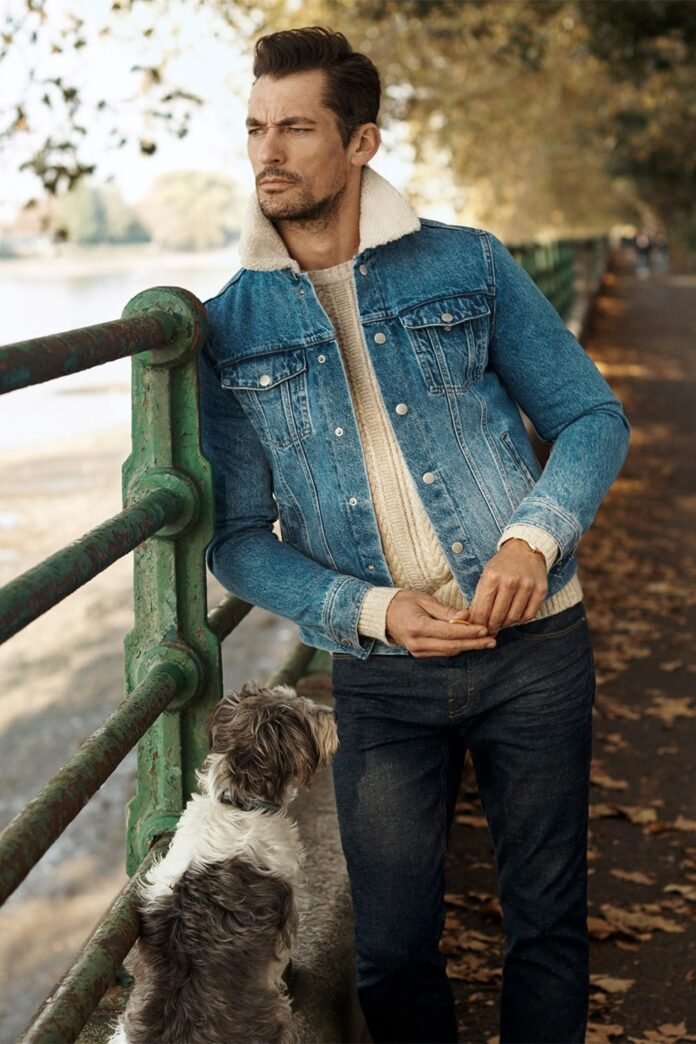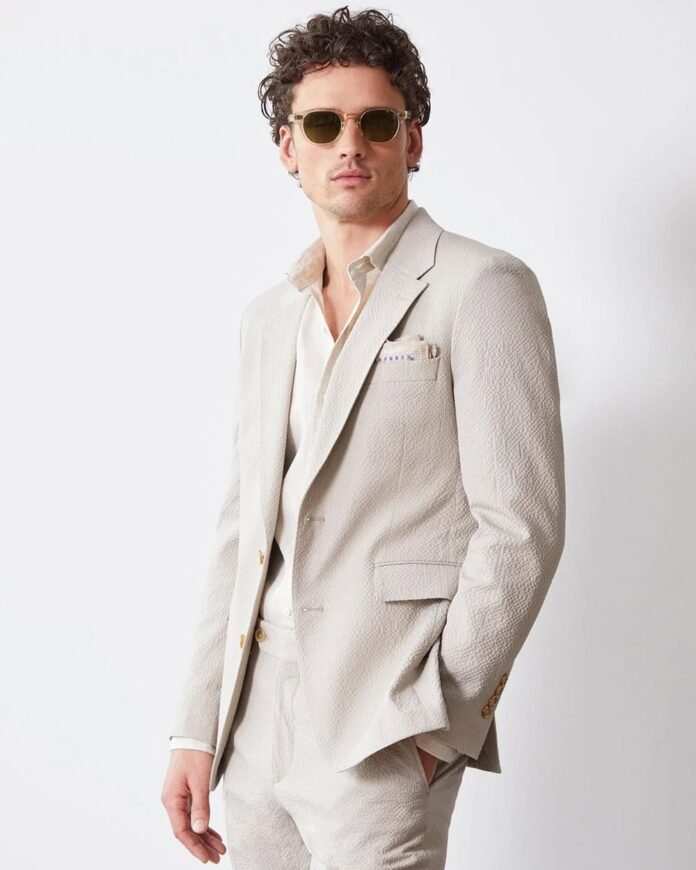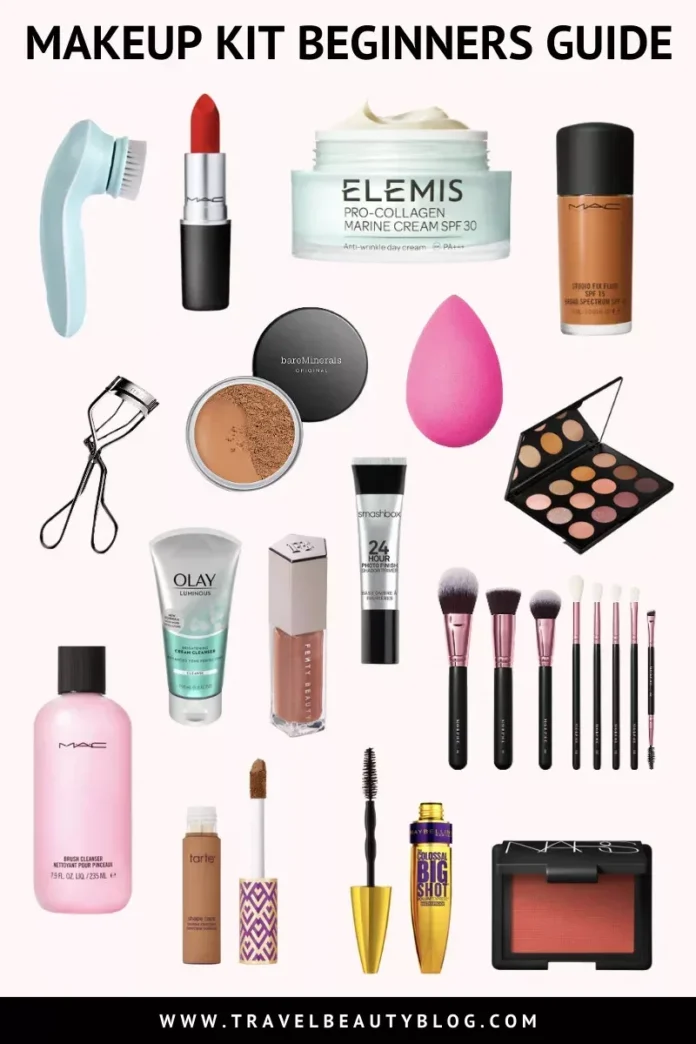Modern Formal Dressing: A Guide for the Contemporary Gentleman
In today’s world, where dress codes are increasingly relaxed and the line between workwear and leisurewear blurs, formal attire may seem like a relic of the past. Suits are less mandatory, T-shirts are everywhere, and sneakers have infiltrated spaces once reserved for polished leather shoes. Yet, there are moments when dressing formally remains non-negotiable—weddings, job interviews, or ceremonial occasions. And when those moments arrive, T-shirts and trainers simply won’t do.
Formal dressing is not about stifling personal style—it’s about respect. Respect for the occasion, the hosts, and the social conventions that elevate certain gatherings beyond the casual. While the rules may feel rigid, understanding them allows a modern man to dress sharply, confidently, and appropriately.
Do: Prioritize Fit Above All
No matter how expensive or stylish your suit, it will falter if it doesn’t fit properly. Ready-to-wear tailoring comes in standard sizing, but a suit is less forgiving than casual clothing. While you can get sleeves and trousers altered easily, the shoulders are critical—if they don’t fit, the suit never will.
Investing in bespoke or made-to-measure tailoring is ideal, but even a simple alteration can elevate your outfit dramatically. The takeaway? Fit is king. A sharply tailored suit looks more expensive, more considered, and more confident than any off-the-rack alternative.
Don’t: Break the Rules
Formal dressing often comes with specific expectations, from black tie to morning dress. Black tie, for example, demands a dark dinner suit or tuxedo, a bow tie, a white dress shirt, and polished black shoes. These rules aren’t meant to stifle creativity—they’re markers of respect for the occasion. Avoid interpreting them too loosely; wearing a novelty tie or casual shoes undercuts the elegance of formalwear.
Don’t: Overdo Novelty
The temptation to showcase personality through gimmicks is strong, but formal dressing isn’t the place for it. Subtle personal touches—such as texture, lapel shape, or pocket square—are encouraged, but avoid overtly playful items that draw attention for the wrong reasons. A Mickey Mouse tie might be charming at a casual gathering, but in a formal context, it signals a misunderstanding of dress codes rather than a sense of style.
Don’t: Default to Black
Once the staple of formalwear, black is now largely reserved for dinner suits or evening wear. For most formal occasions, mid-grey, charcoal, and navy are more versatile and modern choices. Black suits are often associated with hospitality staff or nightlife staff, so stepping outside the traditional palette can feel fresher and more contemporary while remaining appropriate.
Do: Dress For the Occasion
Not all formal events are created equal. A small, intimate wedding requires a different level of formality than a cathedral ceremony with hundreds of guests. Similarly, workplace formalities vary—banking remains conservative, while tech companies allow more relaxed tailoring. The golden rule is to dress for your audience: the crowd you’re attending to sets the tone for your outfit.
Don’t: Be Stiff
Formal attire doesn’t have to feel archaic. While classic cuts and colors remain the foundation, subtle contemporary touches are acceptable: a slightly narrower lapel, updated trouser rise, or innovative fabric can modernize your look. Fashion trends should be approached cautiously, but small updates can prevent you from looking like you’ve stepped out of a bygone era.
Do: Consider Separates
Formal dressing doesn’t always require a matching suit. Well-chosen separates—flannel trousers with a blazer, for instance—offer sophistication and flexibility. When combining separates, aim for complementary contrasts rather than matching shades and fabrics. The goal is cohesion without looking like an incomplete suit.
Do: Sweat the Details
For those who love clothing as a form of self-expression, formal dressing still allows room for personality. Consider fabric textures, subtle shades of navy or grey, lapel shapes, pleats, and drape. Accessories such as cufflinks, tie bars, and pocket squares can elevate an outfit, but moderation is key. The power of a well-chosen suit often lies in its simplicity, not its adornments.
Don’t: Complicate Things
At its core, formal dressing is straightforward. Dark, well-fitted suits paired with a dress shirt, tie, and polished shoes cover the majority of occasions. Avoid over-accessorizing or introducing unnecessary novelty items. A simple, clean silhouette is often more impactful than a heavily accessorized ensemble.
Do: Be Consistent
Formal attire is holistic. A perfect suit paired with sneakers, an ill-fitting shirt, or casual outerwear undermines the outfit. Every element—from shoes to shirt collars to accessories—should align with the formality of the occasion. Baseball caps, festival bands, or ostentatious jewelry have no place in true formal dressing. Consistency across all pieces creates cohesion, elegance, and credibility.
Final Thoughts
Even in an era of casual dress, mastering formal attire is a valuable skill. It’s less about rigid rules and more about respect, proportion, and attention to detail. Fit is paramount, color palettes are deliberate, and subtle personal touches can communicate style without violating decorum.
By understanding when to adhere to tradition, when to modernize, and how to balance simplicity with individuality, any modern man can navigate formal occasions confidently. Dressing formally doesn’t have to feel restrictive—it can be an exercise in precision, refinement, and understated self-expression.
